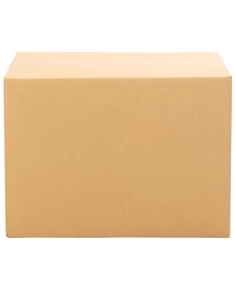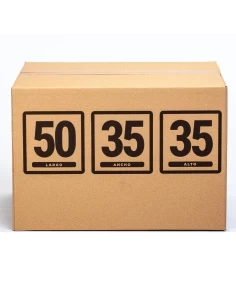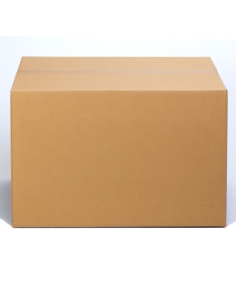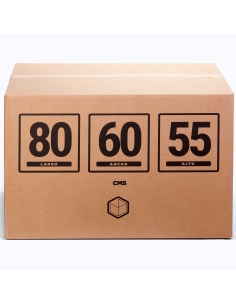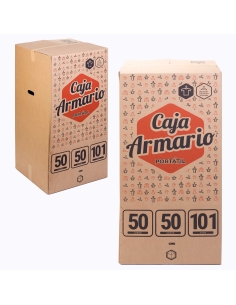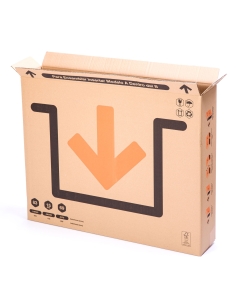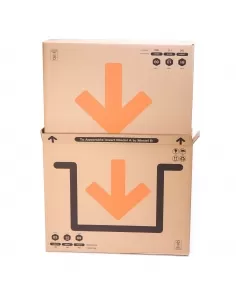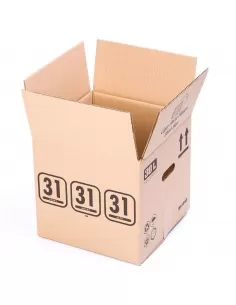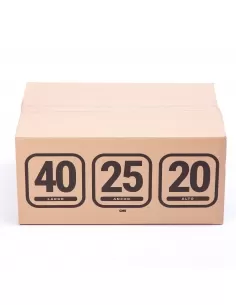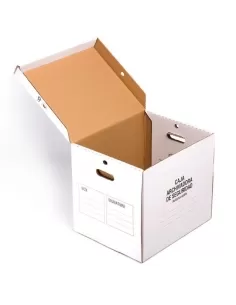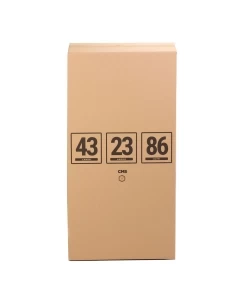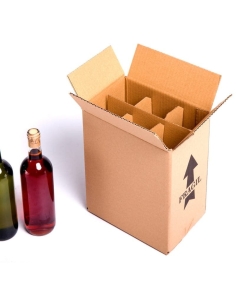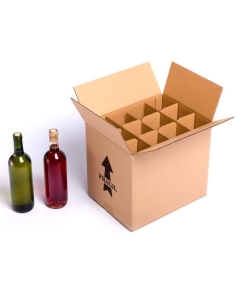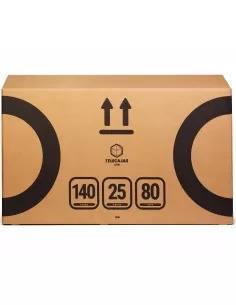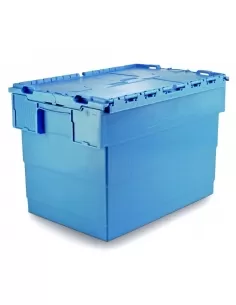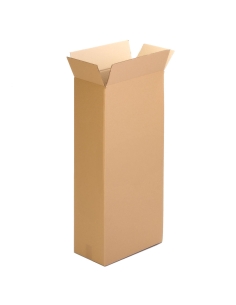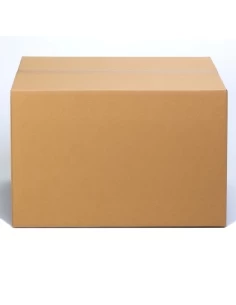Moving Boxes
TELECAJAS | 50x35x35 cm | Sturdy Medium Cardboard Box for Moving with Handles - Ideal...
TELECAJAS | 60x40x40 cm | Sturdy Cardboard Box Moving or Shipping with Handles - Ideal...
TELECAJAS | 80x60x55 cm - 3 Giant Cardboard Boxes Moving Chest Large - Half Pallet |...
TELECAJAS | Telescopic and Robust Box: Paintings, Flat Televisions, TV | Up to 37'...
TELECAJAS | Telescopic and Robust Picture Box: Flat Televisions, TV | Up to 37' inches...
TELECAJAS | 10 Boxes 31x31x31 cm for Plates, Tableware or Hats | Square Boxes with...
TELECAJAS | Rectangular box 40x25x20 cm made of resistant cardboard for Glasses and...
TELECAJAS | 4 Filing Boxes (46x37x40 cms) Security. Pack of 4
TELECAJAS | Tall Rectangular Corrugated Cardboard Box | Length: 43 / Width: 23 /...
TELECAJAS | Resistant Cardboard Bicycle Box | Cardboard with Double Wave Handles and...
TELECAJAS | Tall Rectangular Corrugated Cardboard Box | 50x15x100 cm | Pack of 15 boxes
Welcome to our wide selection of moving boxes. With these boxes, moving has never been easier. Forget about worrying about the safety of your belongings during transport, our moving boxes are designed with high-quality materials that ensure the protection of your most valuable items. Don't worry about the size of your objects, our boxes come in different sizes to fit any transportation need. Whether you need to transport small or large items, we have the perfect box for you. In addition, our boxes are easy to assemble and disassemble, saving you time and effort. Our moving boxes not only provide you with protection and ease of use, but they are also environmentally friendly. They are made with recyclable materials that do not harm the environment. So, by choosing our moving boxes, you are also making an eco-friendly choice. In summary, our moving boxes offer you protection, ease of use, a wide range of sizes, and an eco-friendly option. Don't worry about your most valuable items during the move, our moving boxes will give you the peace of mind you need. Don't wait any longer! Choose the perfect box for you and make your move a success.
Read more
Más información sobre Moving Boxes
Telecajas' moving cardboard boxes are the product you need to transport all your belongings to your new home and avoid any kind of damage during the move. No matter how far away it is or what means of transportation you use.
Buy Moving Cardboard Boxes
Moving to a new house is always exciting... if it weren't for the move itself, which can become a long and tedious process if not managed correctly. Fortunately, at Telecajas, we have a wide variety of moving cardboard boxes that will make this process much easier and more manageable. Products made with high-quality cardboard to keep all your personal effects safe, no matter what type they may be: clothes, books, toys, kitchen utensils... and even fragile items such as paintings, dishes, electronic devices, and much more! And what about the price? Order your moving boxes starting from only €25.95 and change your residence in the most comfortable and economical way possible... with free shipping on orders over €60!
Types of Moving Cardboard Boxes
In our online store, you will find a wide variety of models of affordable moving boxes, including boxes specifically designed to transport televisions and paintings, vinyl records, dishes, glasses and mugs, portable wardrobe boxes for clothes, documents, bicycles... Everything you need is here!
Affordable Moving Boxes
The most affordable models of moving boxes in our range are ideal for transporting the majority of items in your home, thanks to their good capacity and resistance. These moving boxes usually have dimensions of 40 x 25 x 20 or even 43 x 30 x 25. Sizes more than sufficient to carry multiple items in one trip and avoid any kind of damage or defect. Choose Telecajas and have peace of mind!
Reinforced Cardboard Boxes
Do you need to buy more sturdy moving boxes? Reinforced moving boxes are perfect when you want an extra level of protection for your most expensive, fragile, or sentimentally valuable items, such as crafts, models, framed photographs, electronic devices, small appliances, and many others. Don't wait any longer and get your Telecajas' moving cardboard boxes at one of the most competitive prices in the industry, along with interesting advantages such as the option for 3-month deferred payment through PayPal. Contact us and request your personalized quote now.
